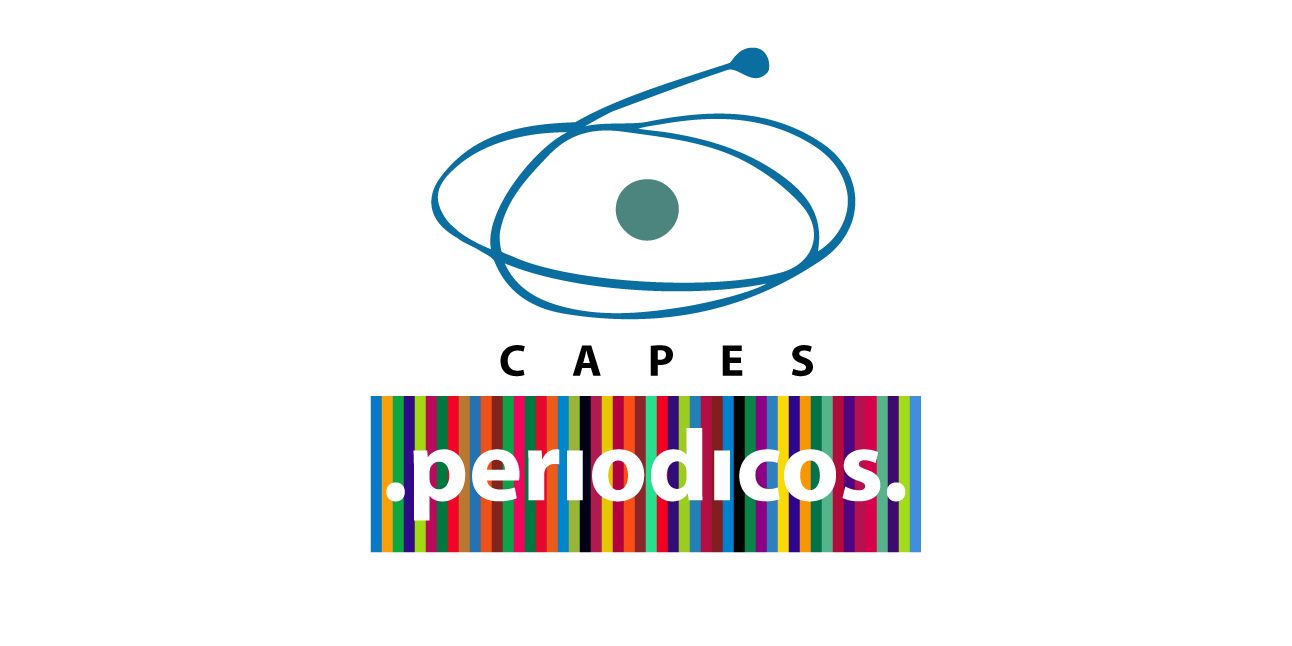Cell cultivation medium (HAM F10) in the freezing of equine semen
Keywords:
eqüino, sêmen, congelaçãoAbstract
This works has had the objective of verifying the effects of two diluentes in the freezing and fertility of equine semen. the experiment was carried out at the Animal reproduction Center at CESUMAR, during the period from September 2002 and April 2003. A Qrater Mile and and Creole stallions were used. The semen was collected with the help of a fake vagina and the result was diluited and frozen in two different types of diluents (Martin et al. 1979 - control; and Martin et al. + 10% of HAM F10). After an initial evaluation, the semen was diluted 1/1 in a Kenner dilutor (1979) and centrifuged. Later, the semen was rediluted, bottled and kept at a temperature of 5º C. during 80 min. After that, it was kept for 15 min in nitrogen vapor and then frozen. After thawing the semen was assessed in regard to its motility (0-100%) and spermatic vigor (0-5). There was an of bottling at 5º C. However, the inclusion of HAM F10 did not alter motility and spermatozoa vigor after thawing, which may be related to the proportion of cell cultivation medium HAM F10 increased motility and spermatozoa vigor before the semen´s freezing, but it did not alter motility and spermatozoa vigor after the equine semen´s thawing.Downloads
Published
2007-07-18
How to Cite
Ramos, F. dos S., Pinto, L. V., Peraro, D., Rigolon, L. P., Cavalieri, F. L. B., & Ribeiro, M. G. (2007). Cell cultivation medium (HAM F10) in the freezing of equine semen. Iniciação Científica Cesumar, 5(2), 137–140. Retrieved from https://periodicos.unicesumar.edu.br/index.php/iccesumar/article/view/77
Issue
Section
Artigos Originais
License
The Editorial Board is authorized to make certain changes in the original text to comply with bibliographical norms, orthography and grammar, so that standards in language and style may be maintained. However, the author´s style will be preserved. The concepts developed by the authors are their exclusive concern and responsibility.In case of approval, the e-mail of acceptance will contain a Letter of Copyright with authors´ name, personal data, and signature of all authors.






